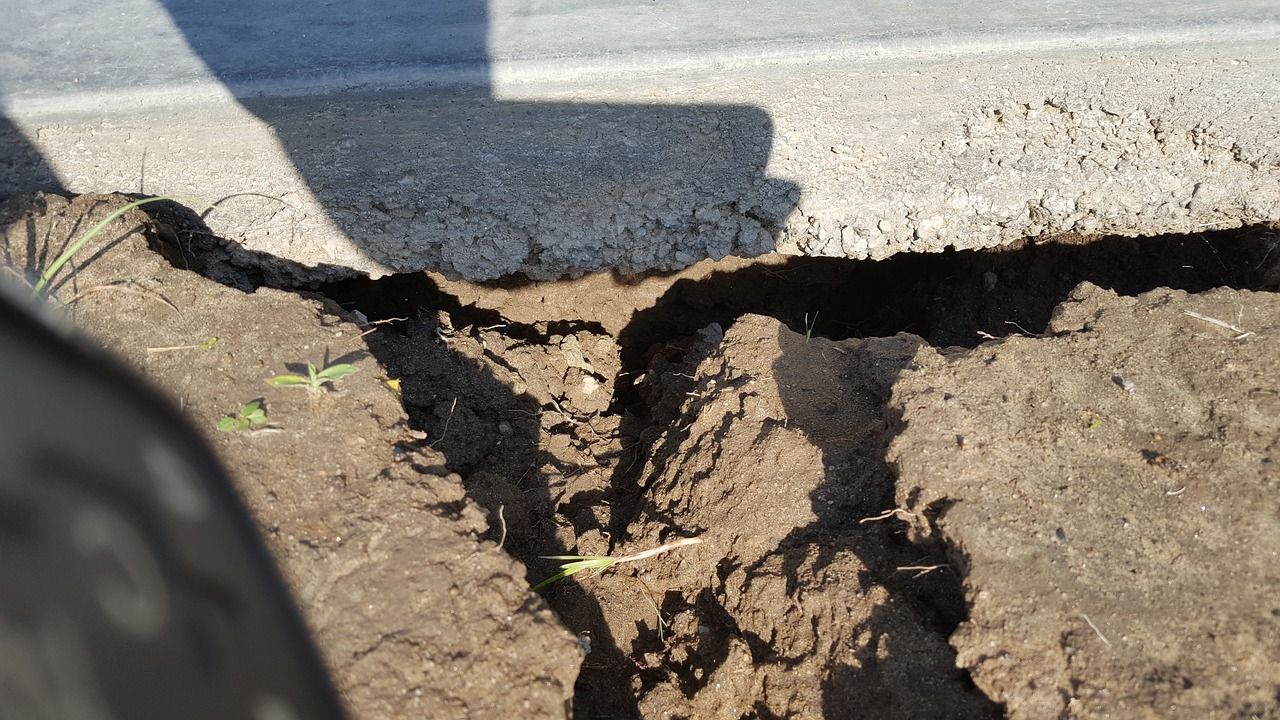Drought Mitigation
An important part of preparing for climate change-induced worsening drought conditions is taking steps to mitigate damage to your home or other real estate property. Mitigation options can save lives, reduce the risk of damage to your property and lower insurance costs. The risk of drought conditions varies by location but climate change is introducing these hardships to a rapidly expanding range of Americans.
Your first step for risk mitigation and preparedness for your home is to gain a clear idea of how serious your likelihood is of suffering from drought. Obtaining your ClimateCheck property report is a great way of assessing your present and future risk. You may also wish to talk with neighbors about past damage that they have experienced in the area. Finally, it should be noted that extremely high temperatures often accompany drought conditions, so the two weather risks often coincide when causing damages to infrastructure and property.
Homeowners’ insurance typically does not cover drought damage caused by naturally caused shrinking, settling, and soil expansion around your foundation. Therefore, it is even more important to actively look for and mitigate damage quickly in order to protect your home.
Your Action Plan for Drought
Foundation Protection
The foundation of your home is mostly likely built upon soil, as opposed to rock. Although some settling of your foundation is normal, extended periods of dryness can cause your foundation to shift, crack, and sink when the surrounding soil loses moisture. When water evaporates in drought conditions it causes gaps or cavities to form between your foundation and the ground. When rain returns, it causes the soil to expand again which may cause further foundation damage.

Soil is composed of sand, silt, and clay. Clay-rich soil traps water more effectively than sand-based soil. Clay soil expands more in the presence of water and shrinks more in a drought so it is especially prone to causing damage to your foundation.
Foundation repairs can be costly and frequent in drought conditions. Some homeowners face thousands of dollars of foundation repair work every year that is preventable. Foundation cracks can often cause widespread issues elsewhere like sloping flooring and cracking driveways and sidewalks.
Although our foundation is the most common severe issue accompanying drought conditions, cracking may also occur in brick, stucco, tile, drywall or chimney materials.
Detecting Drought Damage to Your Foundation
Drought damage often happens slowly, but if your foundation is shifting there will be signs in the rest of your home. It is best to hire a professional soil or geological inspector to thoroughly inspect your property for signs of damage. However, even without professional help there are a number of signs to look for.
If you notice small cracks, especially new ones, anywhere inside or outside your home could be a sign of serious drought damage. When the foundation shifts or moves it may cause cracks in places such as:
- The corners of windows and doors
- Areas were walls and foundation meet
- On the ground level floor, siding, or brick exteriors
- Interior walls, plaster, or molding
Other signs include:
- Visible gaps between your foundation and the ground
- New difficulty opening windows and doors
- Sloping or uneven floors
To test for uneven flooring, you can use a bubble level if one is available. Otherwise, a marble or small round object can be used to check for slope. Place the object on an uncarpeted floor and observe if it starts rolling in a particular direction, if so your foundation may be seriously damaged.
Mitigating Drought Damage
While repairing damage caused by drought can be expensive, damage can be minimized or avoided if you take steps to protect your property. Use the following checklist to see what mitigation actions are appropriate for you.
- Soil Hydration: In times of drought, you can artificially keep your soil from expanding by watering it. Use a drip hose or a soaker hose a few feet away from your foundation to soak the soil, making sure the water absorbs thoroughly.
- Use caution with this technique because excessive moisture around your foundation can cause water damage. This method is also sometimes impractical given that droughts often coincide with a government restriction on water access.
- Tree Roots: Tree root systems extending close to your home will drain water from already parched soil in the case of drought. When planting trees, keep them a safe distance away from your foundation. You may also want to transplant existing trees away from your foundation whenever possible.
- Landscaping: Although large trees near the foundation are not beneficial to drought, small shrubs planted in the soil near your house can help it retain moisture. A good mulch has the same effect.

- Cracks: Repairing cracks as they appear can help reduce further damage and the possibility of water seeping in. For cracks wider than a hairline, patch with polyurethane, silicone, or latex concrete caulk wherever they appear. This type of material allows for expansion and contraction of the foundation in the case of future drought.
Water Conservation
A great way to prepare yourself and your community for drought conditions is to carefully consider your water usage. For drought conditions especially, water conservation is a crucial mitigation step.
Indoors:
- Check plumbing for leaks; have them repaired by a plumber. Even a slowly dripping faucet wastes 3,000 gallons of water per year.
- Choose energy- and water-efficient dishwashers and laundry machines.
- Purchase a low-volume toilet to reduce water use by more than half, and install ultra-low-flow showerheads.
Outdoors:
- Replace traditional lawns with drought-tolerant, native landscaping. Most drought-tolerant plants require only about a third of the water needed for a traditional lawn.

- Cut grass higher to retain more moisture, and use mulch to retain moisture in soil.
- Check sprinklers to make sure they’re operating properly and efficiently. Choose water-efficient irrigation, like drip irrigation, for flowers, shrubs, and trees. Or use a weather-based or “smart” irrigation controller.
- Cover your pool and install a water-saving pool filter.
- Consider rainwater harvesting techniques.
Conclusion
Drought damage appears slowly but it can be incredibly costly if not identified and addressed in the early stages. For those building new homes, the biggest element of drought protection possible at this step is to plan your landscaping carefully. Place larger-growing trees farther away from your home, but include small bushes and mulch to retain moisture close to your foundation.
With these steps in place, learn to protect your home or other real estate property from extreme climate risk.